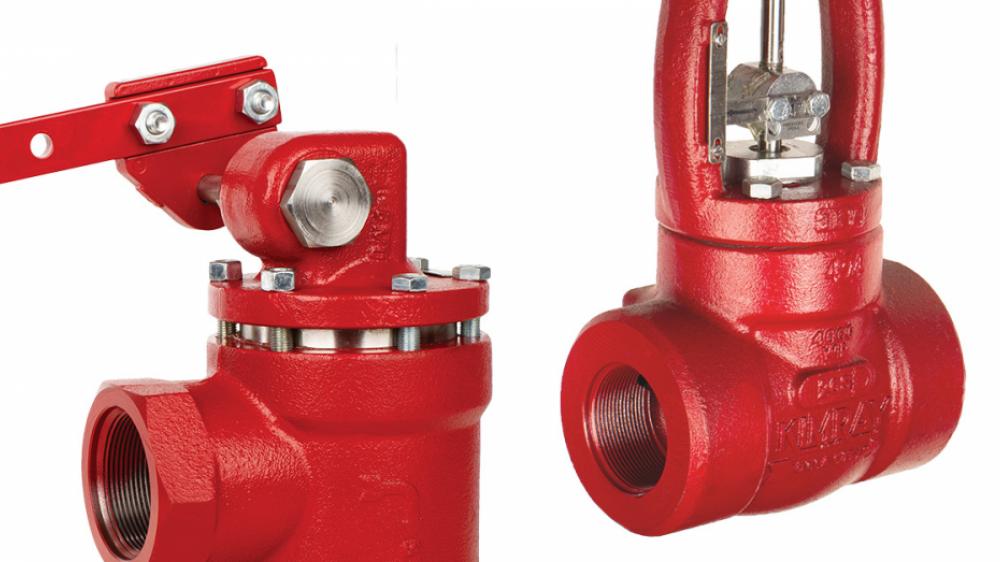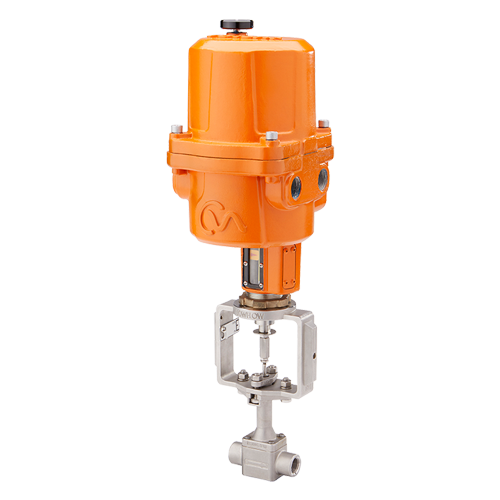
Maximize Energy Savings and Comfort With Advanced Structure Automation Controls
In the world of modern design and facility administration, the combination of advanced building automation regulates stands as a crucial improvement. The merging of modern technology and sustainability has birthed a brand-new era where energy effectiveness, comfort optimization, and operational streamlining are no longer remote goals but possible truths. By taking advantage of the power of automation, structures can adapt, respond, and progress in means that were once unthinkable. The capacity for significant power financial savings and boosted convenience is not simply an opportunity but a promise waiting to be fulfilled. This standard change in building administration holds the essential to unlocking a globe where ecological conscientiousness and resident wellness sympathetically exist side-by-side within the wall surfaces of our frameworks.
Energy Performance Benefits
Power effectiveness benefits can significantly reduce power consumption and operational costs in buildings. By implementing energy-efficient practices and innovations, structure proprietors and drivers can achieve substantial savings while likewise contributing to ecological sustainability. One of the main benefits of enhancing power efficiency in buildings is the decrease of utility costs. Energy-efficient systems, such as advanced structure automation controls, can enhance making use of sources like air conditioning, illumination, and heating, causing lower power expenses with time.
Additionally, boosted energy effectiveness can prolong the life-span of building devices and systems. By operating more efficiently, cooling and heating systems, light, and other structure parts experience much less wear and tear, resulting in decreased maintenance and replacement expenses. Additionally, energy-efficient buildings typically regulate greater residential or commercial property worths and rental prices, providing long-term economic advantages to proprietors.
Moreover, energy effectiveness can enhance occupant convenience and efficiency. Properly managed indoor settings with optimal illumination and thermal problems create an even more favorable and pleasant office, resulting in enhanced worker fulfillment and efficiency. On the whole, the energy effectiveness advantages associated with sophisticated structure automation controls are complex, encompassing cost financial savings, ecological stewardship, and passenger health.
Boosted Convenience Control
Enhancing convenience control in building settings needs an advanced integration of advanced automation systems for optimal occupant well-being. By making use of sophisticated structure automation controls, centers can customize the indoor environment to satisfy the details needs and choices of owners. These systems enable precise guideline of air flow, temperature, and lights, producing a efficient and comfy atmosphere. Passenger satisfaction and performance are closely connected to thermal comfort, making it necessary to have systems in area that can adapt to altering problems in real-time.
Enhanced convenience control exceeds standard temperature modifications. It consists of attributes such as individualized settings, occupancy sensors, and natural light usage to produce a receptive and vibrant setting. By incorporating these advanced controls, buildings can not only boost comfort but likewise enhance energy effectiveness by maximizing system operations based on real tenancy and use patterns. Inevitably, prioritizing owner comfort via innovative automation systems leads to an extra delightful and healthier interior environment.
Operational Effectiveness Improvements

Moreover, the implementation of real-time surveillance and analytics tools enables building operators to identify energy inadequacies and functional anomalies without delay. By continuously checking energy use patterns and system efficiency metrics, adjustments can be made in real-time to enhance power intake and make sure peak functional effectiveness. control valves. Additionally, incorporating demand feedback strategies into structure automation controls can better enhance functional efficiency by dynamically readjusting power use based upon grid problems and pricing signals
Indoor Environment Optimization
Effective interior environment optimization is a fundamental aspect of building automation controls, ensuring occupants' convenience and health while maximizing energy financial savings. By using innovative sensing units and controls, building automation systems can continually keep an eye on and readjust temperature level, humidity degrees, air quality, and find out air flow to develop an optimal indoor setting. Preserving comfortable and constant conditions not only improves resident complete satisfaction yet likewise boosts productivity and general wellness.
Interior climate optimization likewise plays a vital role in energy performance. By fine-tuning air conditioning, home heating, and ventilation systems based on real-time data and tenancy patterns, building automation controls can dramatically reduce power intake - control valves. For circumstances, carrying out techniques such as demand-controlled ventilation and thermal zoning can help minimize power waste while making sure that each location of the building obtains the necessary conditioning.

Lasting Setting Production
Structure automation manages not only maximize interior environment problems for power performance and owner comfort but also lay the foundation for producing a lasting environment with calculated try this web-site monitoring of systems and sources. By incorporating sophisticated building automation innovations, such as sensors, actuators, and intelligent software application, facilities can keep track of and readjust power use in real-time to reduce waste and reduce their carbon impact. These systems enable predictive maintenance, identifying possible issues prior to they intensify and optimizing equipment performance to enhance longevity and efficiency.
Moreover, lasting environment creation prolongs past power administration to include water conservation, waste decrease, and indoor air quality improvement. Structure automation controls can regulate water usage, discover leakages, and guarantee appropriate waste disposal techniques, contributing to general sustainability efforts. In addition, by regulating and monitoring air flow and purification systems, these technologies boost owner health and wellness and efficiency while reducing energy usage related to HVAC operations.
Final Thought
Finally, progressed building automation manages offer significant advantages in terms of energy cost savings, comfort control, functional effectiveness, interior climate optimization, and producing a sustainable atmosphere. By implementing these controls, buildings can achieve optimal efficiency while minimizing power consumption and enhancing owner convenience. It is evident that using advanced automation see this page technology is critical in improving structure efficiency and producing a more sustainable future.
Energy efficiency advantages can substantially lower power usage and operational costs in buildings. Generally, the energy efficiency benefits connected with sophisticated building automation controls are diverse, encompassing price savings, ecological stewardship, and passenger well-being.
Furthermore, including need response approaches into structure automation controls can better enhance functional performance by dynamically changing energy use based on grid conditions and rates signals.
Structure automation controls not just maximize indoor environment conditions for energy effectiveness and passenger comfort but also lay the foundation for developing a sustainable setting via critical management of sources and systems.In final thought, progressed building automation regulates deal considerable benefits in terms of power financial savings, comfort control, functional effectiveness, indoor climate optimization, and producing a lasting setting.